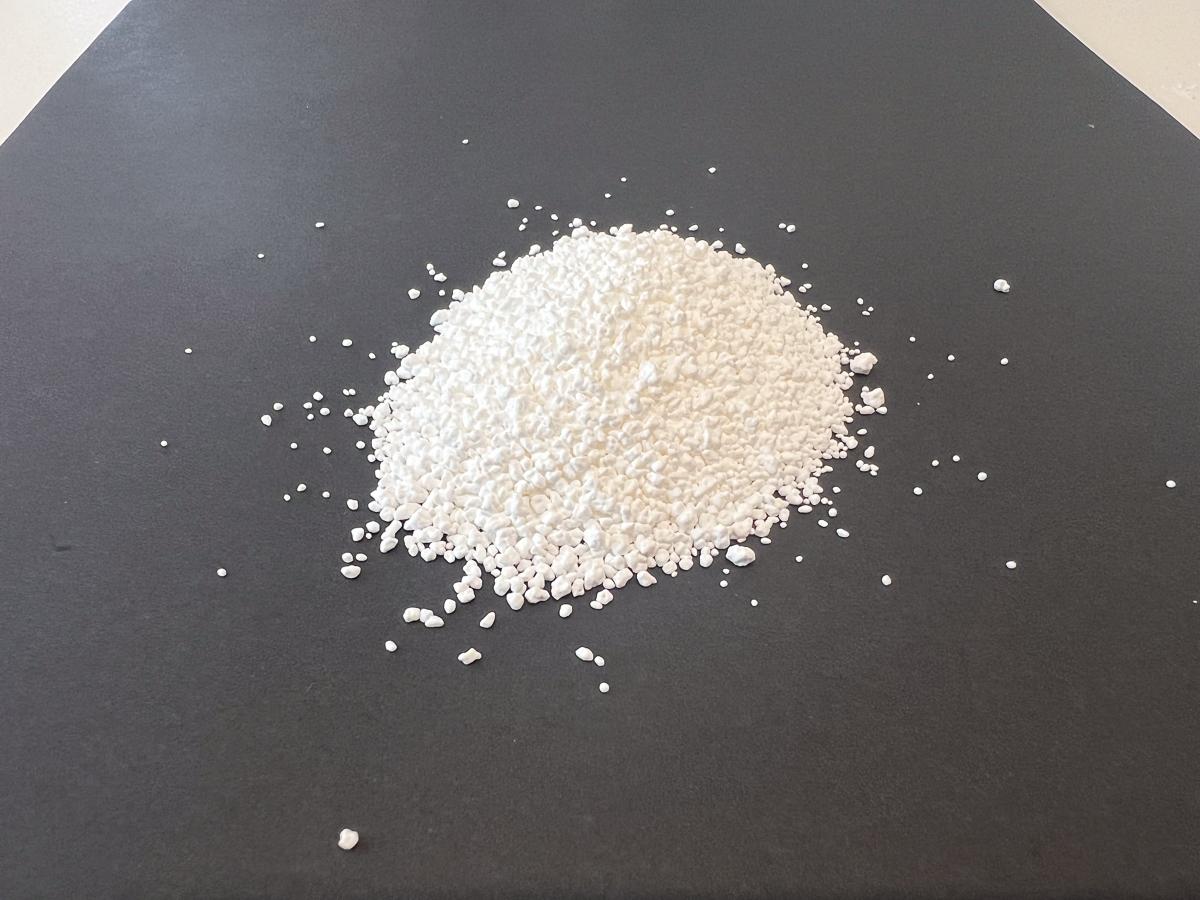
The use of molecularly imprinted polymers (MIPs) in taking smoke taint out of wine has been tested by University of Adelaide researchers.
University of Adelaide researchers have evaluated a new method to remediate smoke tainted wine, incurring less damage to the final product.
Smoke-derived compounds can build up in the skins and pulp of grapes after exposure to smoke, and can lead to the development of unpleasant smoky, medicinal and ashy characteristics after fermentation.
Currently adsorbents like activated carbon are used to remove the taint compounds, but they can also remove some of the desirable colour, aroma and flavour attributes from wine.
In this study published in the Journal of Agricultural and Food Chemistry, Professor of Oenology from the University's School of Agriculture, Food and Wine Kerry Wilkinson and team used molecularly imprinted polymers (MIPs) tailored to specifically bind smoke taint compounds to remove them from Pinot Noir wine, Semillon juice and wine, and Merlot must and wine.
"The need for methods that address smoke taint in wine has increased as the impact of bushfires on wine regions around the world grows," said Professor Wilkinson.
"I see an ongoing need for various strategies for mitigation and/or amelioration of smoke taint in the vineyard and the winery, into the future, as bushfires are predicted to continue to occur in the future due to warmer, drier conditions during the grape growing season."Professor Kerry Wilkinson, School of Agriculture, Food and Wine, University of Adelaide
The team experimented with adding the MIPs both during and after fermentation, either directly or in muslin bags, as well as with or without stirring. They found the addition of MIPs during fermentation gave the best wine chemical and sensory outcomes.
New Zealand headquartered MIP specialists, amaea, developed the MIPs used in the study, with its Head of Science Dr Sylvia Baars providing support.
"The selectivity of MIPs is compelling as it helps retain key varietal characteristics of the wine. The work done with Kerry and her team provided valuable insight into how MIPs behave in a variety of scenarios," said Dr Baars.
"An earlier version of our MIPs was used for this research and since then, many of the learnings have been implemented to create what is now being commercially used in Canada and the United States which is soon to include Australia as well."
Professor Wilkinson said works are continuing around the best way for MIPs to be used in the winery.
"PhD student Yiming Huo completed a winery-based trial evaluating remediation of smoke tainted Chardonnay, rosé and Cabernet Sauvignon wines on a semi-commercial scale using a column packed with MIPs," she said.
"He showed that MIPs can remove volatile phenols from the wine, but further work is needed to optimise the MIP dose and the wine flow rate, to improve the efficacy of treatment.
"We also have an ARC Linkage Project underway investigating novel approaches to both detecting and managing smoke taint, in addition to our work on MIPs.
"We're seeing promising results from trials involving spinning cone column distillation and membrane filtration technologies for remediation of smoke taint in wine.
"We're also working with activated carbon fabric to prevent smoke contamination of grapes in the vineyard - again, results are promising but there are some logistical challenges to overcome."






